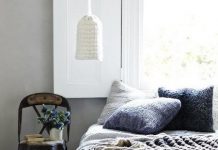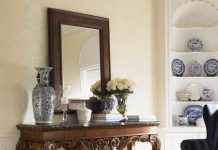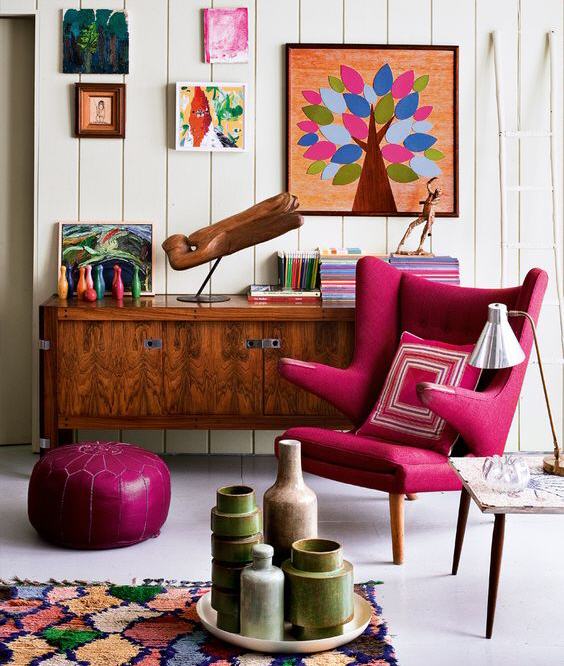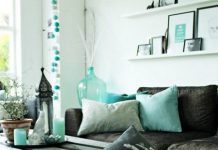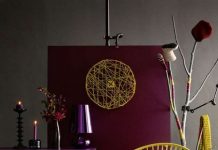The Correlation Between Colors And Daylight In The Living Room – The living room style and color choices are inevitably dictated by size, use and environment and this particularly relevant when hot colors in living room are introduced. The first consideration is the living room setting, that is which direction it faces, how much light it gets, and how the light comes into the room at different times throughout the day. The dull grey light of northern hemisphere affects color, and the way it works with other colors, plus the atmosphere it creates.

Bright colors maintain a vibrancy in strong sunlight that is lost under naturally dull light. Mediterranean or Caribbean hues of hibiscus pink and canary yellow cannot be expected to hang onto their indigenous qualities and atmosphere in the subdued light of cooler climes. These hot colors do not respond well when there is extended use of electric light, natural daylight bulbs are an option, although at night time candlelight makes a good companion to a vibrant color scheme. Pink and yellow, in particular, do not work the same magic, but intense reds and oranges can be more easily manipulated to create a successful hot color scheme in the cool north.

The advantage of using hot colors in a living room is that they promote a sense of enveloping warmth and welcome in the room, lifting the spirits and atmosphere. Try using unexpected color combinations such as scarlet, pink and turquoise, or zesty orange and banana yellow with defining purple detailing. Consider balancing one area of hot color with another of equal color saturation, but scale it differently or use it on a separate plane, so there is no uncomfortable optical conflict.

It is important to consider the way that natural light enters the living room since this will have a bearing on how you compose and distribute the color scheme. In winter the sunlight will enter at a low angle, illuminating the room in quite a different way to the warmer seasons. You can exploit the way the sunshine highlights certain areas, such as around the window or on a back wall, by painting that particular area with a bright, hot color, such as an ultra violet, or a strong purple. These hot colors will look stunning when they are caught by light.

It is important when choosing a suitable color scheme for the living room, to consider how you use it, who use it, and when you use it. Hot colors create an active environment, whether they are the dominant scheme or a decorative focus. Hot color is therefore not the right choice for quite contemplation and conversation, reading and study. However if this is the room where family and friends congregate for eating, entertainment, and games, then bright strong color will go a long way to promoting energy.

If the living room is large, the various areas of it can be manipulated with color, but for visual balance, there should still cool space between. The effect of all over hot color can be over powering, so contain it in disciplined, focused combinations using one strong color, such as tropical pink, on one wall and something more muted such as sandy yellow on another. Different areas of use to could also feature different color distribution. For example, create an active hot area where you entertain and eat, but keep the sitting area relatively cool with just a hint of hot color to link the areas, such as simple fabric or wallpaper screen, a rug, pots and flowers or paintings and decorative objects that hint at the hot look.









